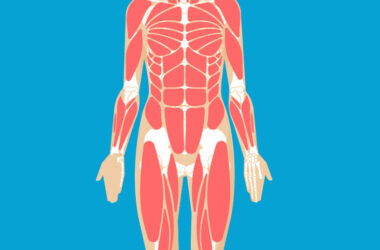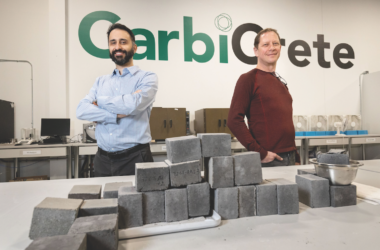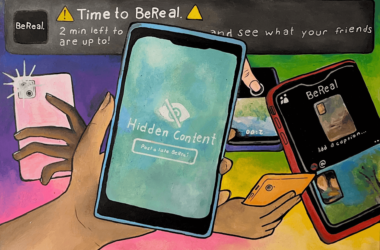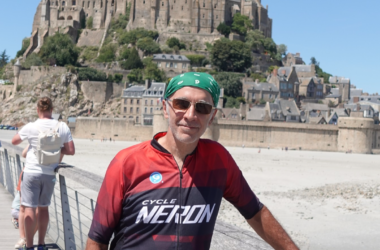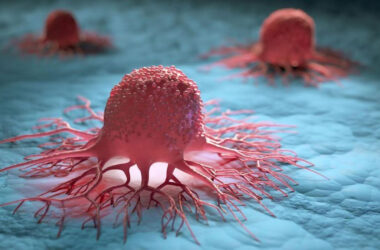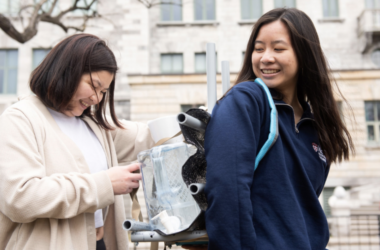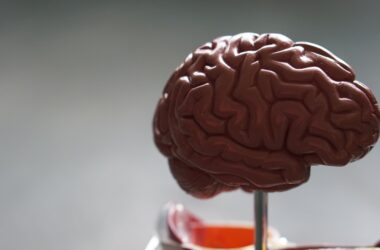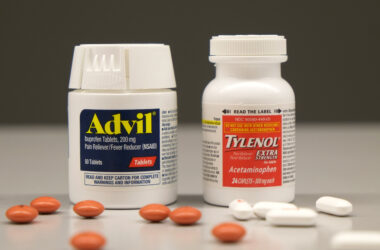Most people are aware of the crucial role muscles play in keeping us alive and moving us around.What might be surprising to some, however, is that muscles also secrete hormones that affect the brain. The connection between these seemingly distinct organs led a team of researchers at the Research Institute[Read More…]
Science & Technology
The latest in science and technology.
McGill alumni create world’s first carbon-negative concrete
After water, concrete is the most commonly used resource in the world. From the buildings we live in to the roads we drive on, nearly everything in our built environment is made from concrete. Unfortunately, it’s also the most destructive material in the world, responsible for approximately eight per cent[Read More…]
Time to BeReal: Could the newly popular app be addictive?
Many students across North American university campuses receive identical notifications on their smartphones every day: Time to BeReal. The alert is sent out to all those who have downloaded the popular social media app BeReal, which delivers a less-filtered online experience to those looking to avoid overly-polished content. The recent[Read More…]
400 days of cycling and recycling
On July 1, 62-year-old McGill mechanical engineering professor Larry Lessard set out on the journey of a lifetime. An avid cyclist and expert on recycling, Lessard plans to travel across three continents, 28 countries, and 20,000 kilometres in 400 days. Along the way, he’ll stop at universities and wind farms[Read More…]
Is Montreal the next powerhouse of AI research?
Artificial intelligence (AI) is becoming increasingly commonplace in our society—from its implementation in smartphone apps like Siri and the curation of playlists on platforms like Spotify, to credit score calculations and even works of art. Over the past several years, McGill and, more broadly, Montreal, has emerged as a hub[Read More…]
A new immunocellular therapy at our doorstep
According to the Canadian Cancer Society, nearly 7,000 Canadians will be diagnosed with leukemia this year with a mortality rate of nearly 50 per cent. Similarly, over 10,000 will be diagnosed with non-Hodgkin’s lymphoma—a specific type of cancer that causes lymphocyte cells to develop abnormally. Many research institutions across the[Read More…]
Team of undergrads designs water-filtering backpacks for low-access communities
Every day, more than 800 million people globally travel 30 minutes or more to access clean drinking water. Although access to clean water has improved since 2000, a lack of sanitation and sewage infrastructure, water treatment plants, and environmental factors like droughts mean that one in three people—especially those in[Read More…]
The secrets beneath our skin
Skincare is a focal point in the beauty and wellness industry. One cannot scroll through TikTok or Instagram without seeing Reels promoting various skincare products and regimens. The importance of proper skin health, however, goes deeper than beauty. From 2008 to 2018, there has been a 44 per cent global[Read More…]
Mapping concussion symptoms in the brain
Concussions affect more than 200,000 Canadians each year, but, despite the injury’s prevalence, patients with the same symptoms often respond to the same treatment differently. This is why some children and adolescents who suffer concussions recover in a few weeks, while others may suffer symptoms lasting several months or even[Read More…]
McGill study finds anti-inflammatory drugs may lead to chronic pain
Pain is one of the most common reasons why people seek medical attention. The most popular medications people reach for when experiencing pain are anti-inflammatory drugs, such as ibuprofen—also known as Advil. But according to a new study led by Dr. Luda Diatchenko, a renowned pain researcher and professor of[Read More…]
